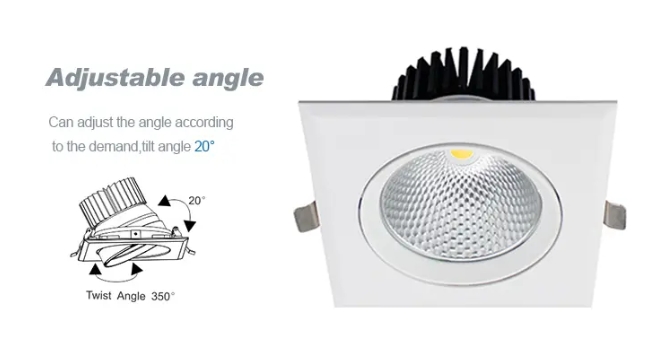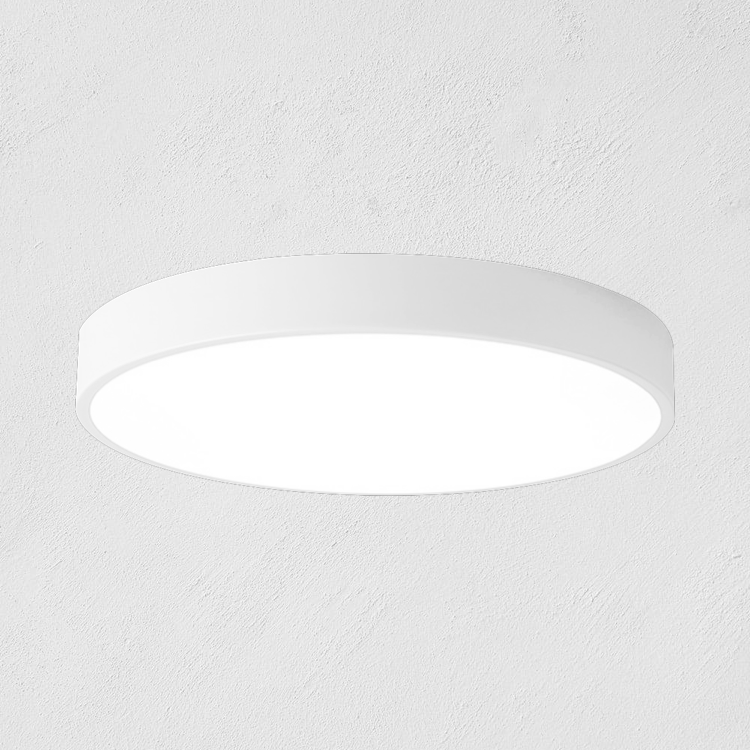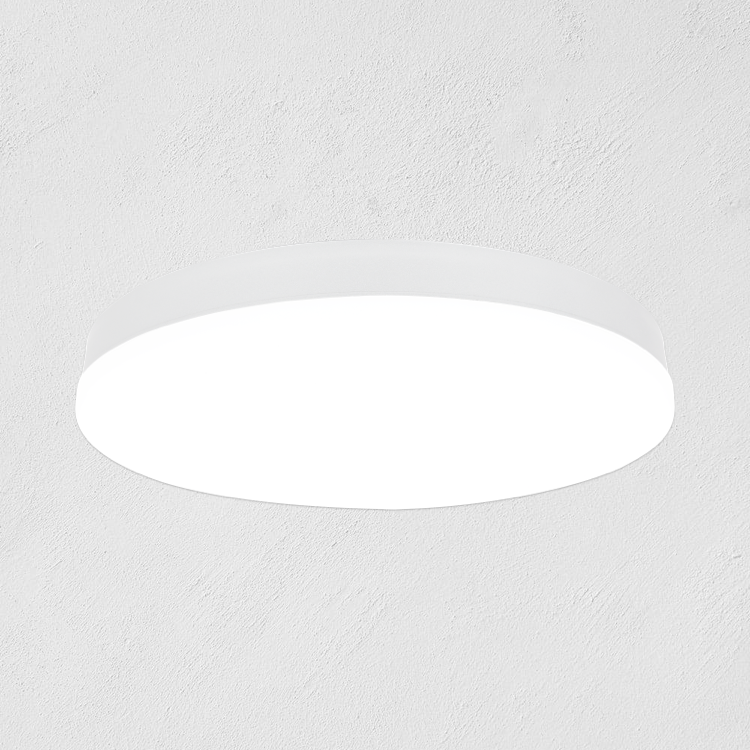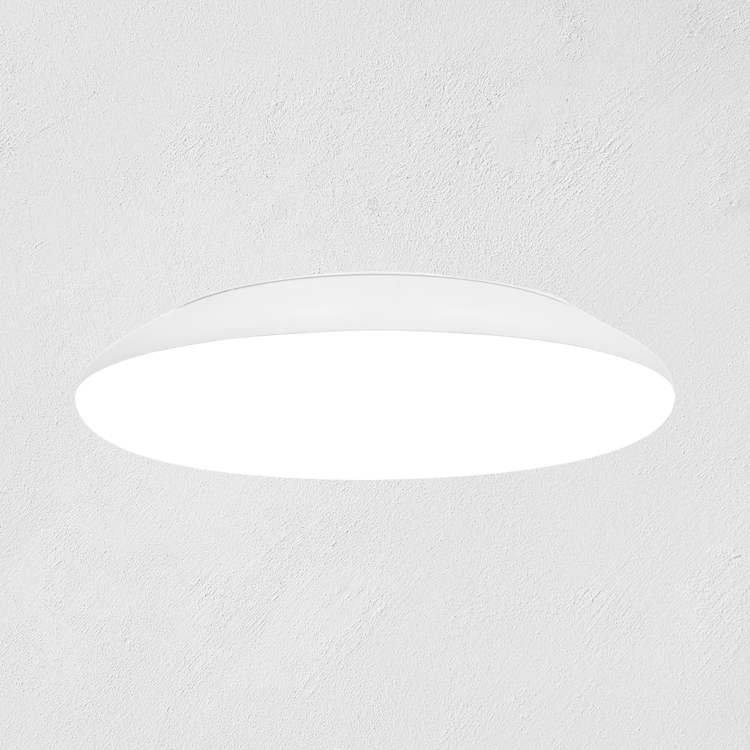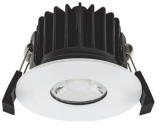When selecting LED downlights for your home or business, one of the most important factors to consider is the light angle of the LED downlight. The beam angle determines how the light is distributed from the fixture and can greatly impact the overall look and functionality of the space. Here's what you need to know to choose the optimal beam angles for your LED downlights.
What is a Beam Angle?
A beam angle indicates the spread of light emitted from an LED downlight. It is typically measured in degrees, with a narrower angle producing a more focused, intense beam of light and a wider angle resulting in a broader, more diffused illumination.
Common beam angle options for LED downlights include:
● Very Narrow Spot: 5-15°
● Narrow Spot: 16-25°
● Medium: 25-40°
● Wide Flood: 41-60°
● Very Wide Flood: 60-120°
The majority of LED downlights have a fairly narrow beam angle of around 40°, which is considered the industry standard. Wider angles like 60° are becoming increasingly popular for general ambient lighting.
Factors to Consider When Selecting a Beam Angle
To determine the ideal beam angles for your space, take into account the following key factors:
Ceiling height: For standard 8-10 ft ceilings, wider beam angles of 60° or more provide optimal light distribution. Ceilings higher than 10 ft benefit from narrower beams under 50° to ensure sufficient illumination reaches the floor.
Room size and layout: Larger, open spaces are best suited for wider beam angles to achieve even coverage with fewer fixtures. Smaller rooms and narrow areas like hallways can utilize tighter 25-40° angles for more focused light.
Desired effect: The beam angle influences the overall ambiance. Narrow beams create dramatic pools of light for accent lighting or task lighting. Wide beams provide a softer, more diffused glow for general ambient lighting.
Fixture spacing: The beam angle affects how far apart downlights can be placed while still providing smooth, overlapping illumination. Divide the ceiling height by 2 for an approximate spacing - e.g. 4 ft apart for an 8 ft ceiling.
Recommended Beam Angles by Application
Here are some general guidelines for selecting beam angles based on the specific application:
Living rooms and bedrooms: Use 60° or wider for soft, comfortable ambient light that minimizes shadows and glare.
Kitchens: A combination of 25-60° angles works well, with tighter beams for task lighting over counters and wider beams for general lighting.
Bathrooms: Opt for 40-60° over vanities and showers to provide bright, even illumination without harsh spotlighting.
Offices: 40-60° beams deliver ample general lighting, supplemented by narrow accent lighting as needed to highlight artwork or architectural features.
Retail: Employ a mix of beam angles, with 25-40° to accentuate product displays and 60°+ for general lighting in aisles and open areas.
Outdoor: Floodlighting with 90-120° works best for illuminating wide expanses like driveways or patios. Spotlights with 25° or less provide dramatic landscape and facade lighting.
Ultimately, the right light angle of LED downlight comes down to the specific lighting goals and constraints of your space. By understanding how beam angle impacts light distribution, you can mix and match different angles to create layers of illumination that are both functional and visually appealing.
When in doubt, 40-60° is a versatile range that suits many residential and commercial applications. For a foolproof lighting design, consider consulting with a professional who can create a customized layout optimized for your space.
With the wide variety of LED downlight beam angles now available, you have the flexibility to tailor your lighting to perfection. Choose wisely and enjoy a well-lit space for years to come!


